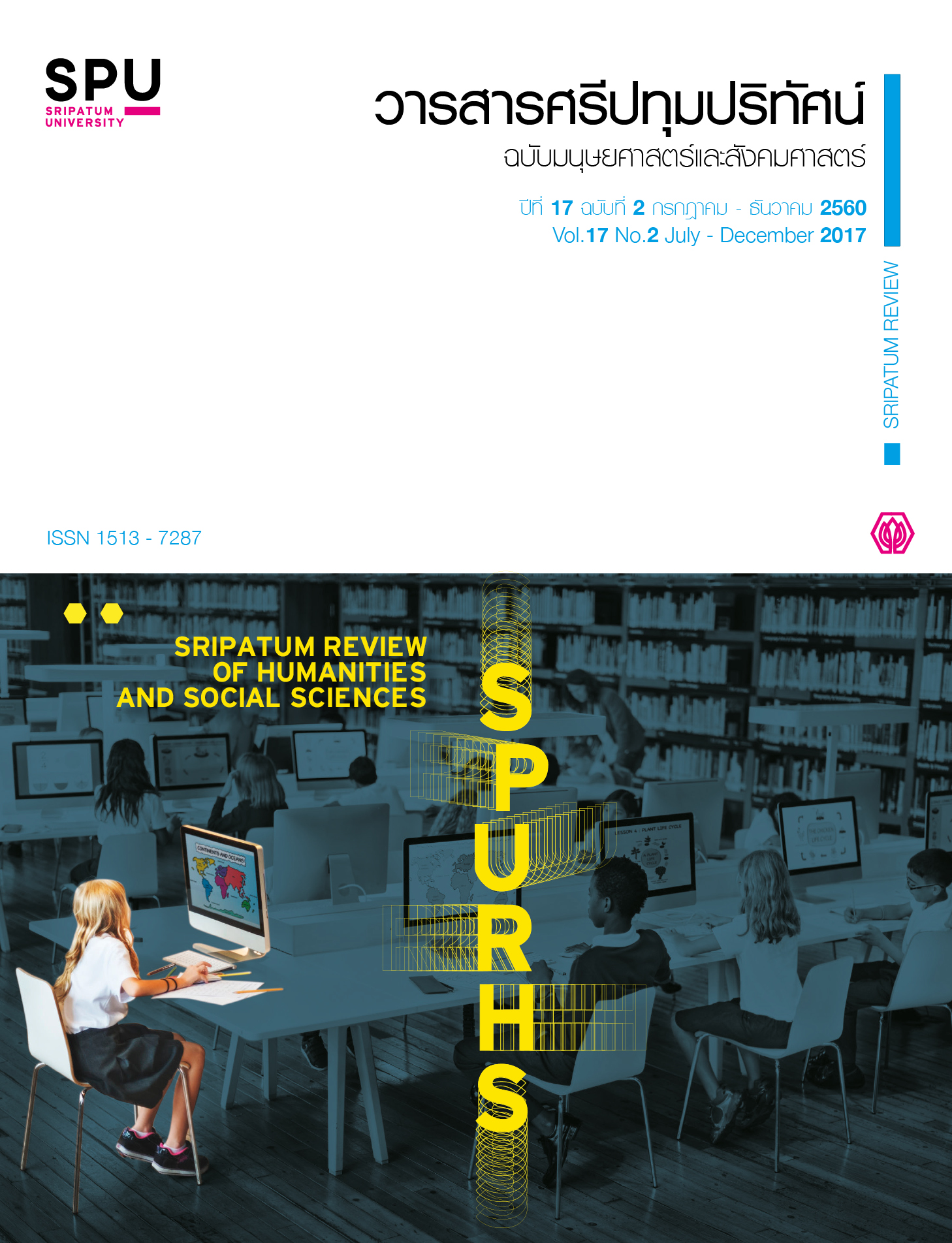A Synthesis of Third Round External Quality Assessment (2011-2015) Results from the Basic Education Institutions: Center of Non-Formal Education in District
Main Article Content
Abstract
The purposes of this research were (1) to synthesize the results of the third round external quality assessment (2011-2015) of the basic education institutions: district centers of non-formal and informal education; and (2) to compare development results of external quality assessment in the second and third rounds. Data employed in the synthesis were results of the third round external quality assessment (2011-2015) of 928 basic education institutions and results of focus group discussion involving 18 representatives of district non-formal and informal education centers and external evaluators. Data were analyzed using the frequency, percentage, mean, standard deviation, and content analysis. The research findings were as follows:
1. Of the 928 district non-formal and informal education centers, 917 centers (98.81%) were certified in their standards. The majority (81.90%) received quality assessment result at the good level, followed by16.92% of them that received quality assessment result at the very good level, while only 11 centers (1.19%) were not certified in their standards. Assessment results were comparable for institutions of different sizes, different locations, and different regions.
2. Results of assessment, according to the Ministry of Education’s standards, revealed that the majority of institutions received assessment results at the good level in Standard 1 and Standard 3, while the majority of them received assessment results at the very good level in Standard 2 and Standard 4. Assessment results were comparable for institutions of different sizes, different locations, and different regions.
3. Results of assessment, according to indicators of district center of non-formal and informal education, showed that for indicators in the Foundation Group, the mean scores were at the good or very good level, excepting the fifth indicator which received the mean score of 73.45 percent. In the Identity Group and the Promotion Measure Group, the mean scores were at the very good level, and all of their indicators received the mean scores of good or very good levels.
4. Development results of the second and third rounds of external quality assessment showed that most assessed results (68.10%) were constant, while12.18% of results were increased from the good level to the very good level.
Article Details
1. กองบรรณาธิการสงวนสิทธิ์ในการพิจารณาและตัดสินการตีพิมพ์บทความในวารสาร
2. บทความทุกเรื่องจะได้รับการตรวจสอบทางวิชาการโดยผู้ทรงคุณวุฒิ แต่ข้อความและเนื้อหาในบทความที่ตีพิมพ์เป็นความรับผิดชอบของผู้เขียนแต่เพียงผู้เดียว มิใช่ความคิดเห็นและความรับผิดชอบของมหาวิทยาลัยศรีปทุม
3. การคัดลอกอ้างอิงต้องดำเนินการตามการปฏิบัติในหมู่นักวิชาการโดยทั่วไป และสอดคล้องกับกฎหมายที่เกี่ยวข้อง
References
สุภมาส อังศุโชติ และรัชนีกูล ภิญโญภานุวัฒน์. 2559. การสังเคราะห์ผลการประเมินคุณภาพภายนอกรอบสาม(พ.ศ. 2554 - 2558) ระดับการศึกษาขั้นพื้นฐาน.กรุงเทพฯ: สำนักงานรับรองมาตรฐานและประเมินคุณภาพการศึกษา(องค์การมหาชน).
สำนักงานคณะกรรมการการศึกษาแห่งชาติ.
2553. พระราชบัญญัติการศึกษาแห่งชาติ แก้ไขเพิ่มเติม (ฉบับที่ 3) พ.ศ. 2553. กรุงเทพมหานคร : บริษัทพริกหวานกราฟฟิค จำกัด.


